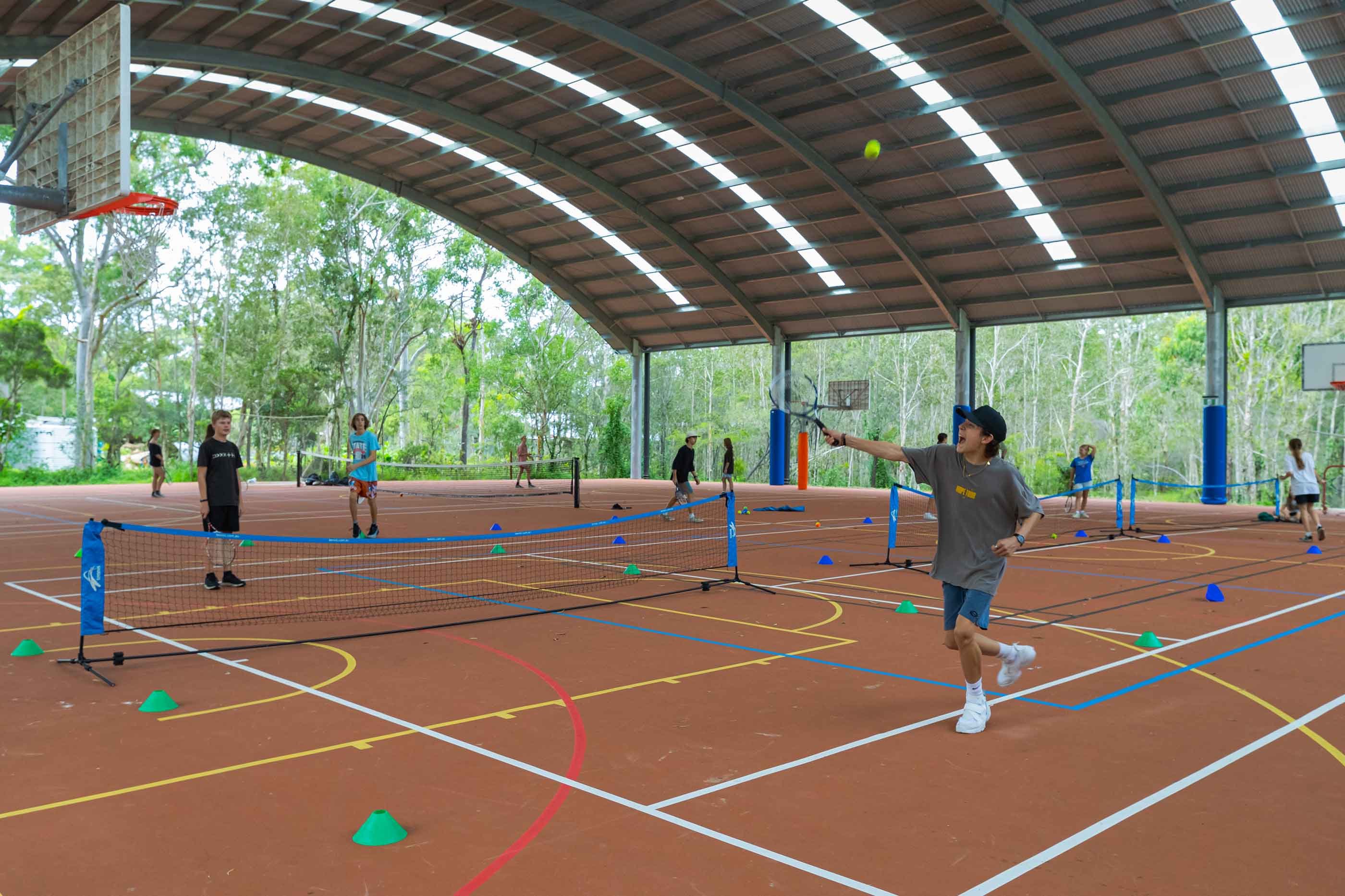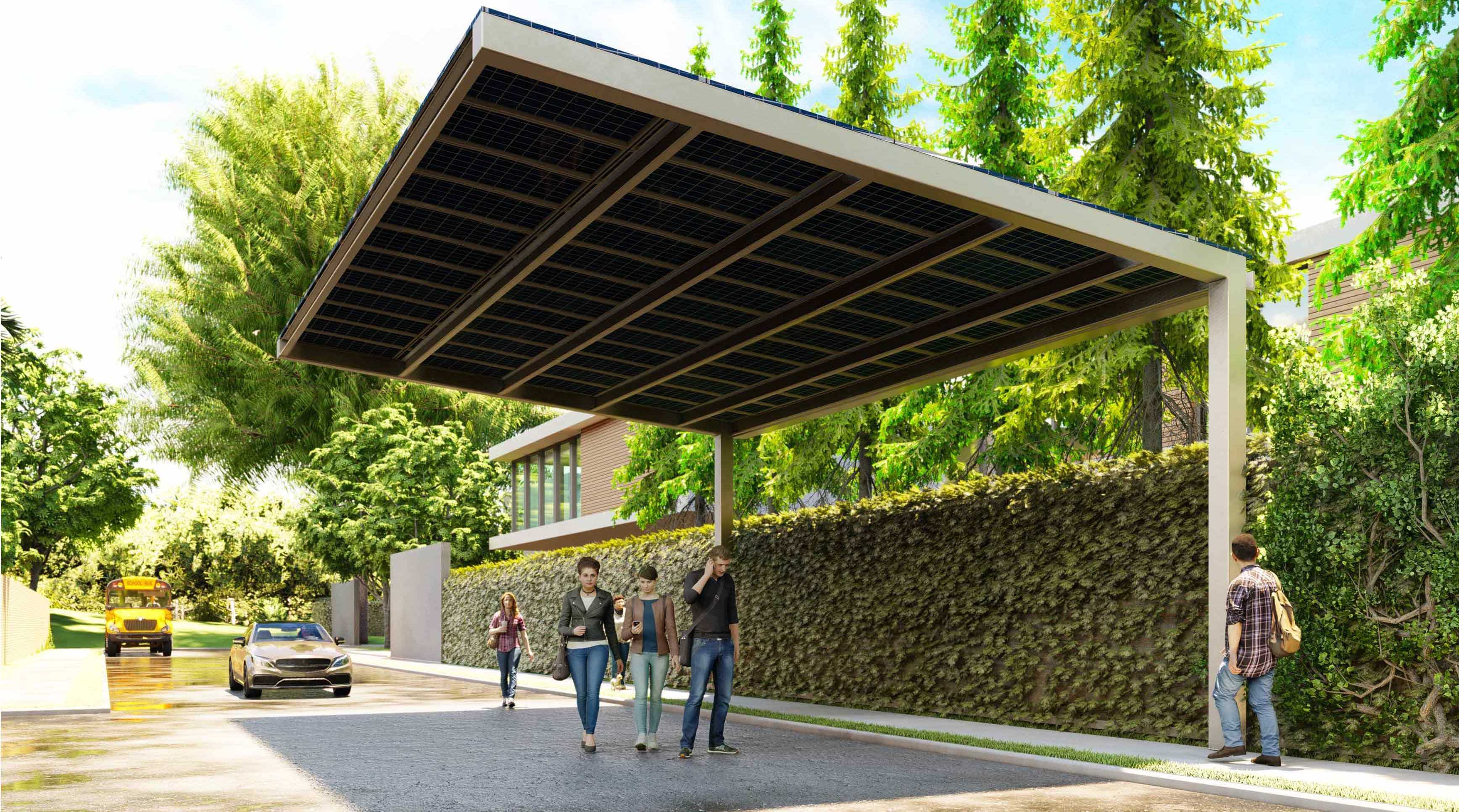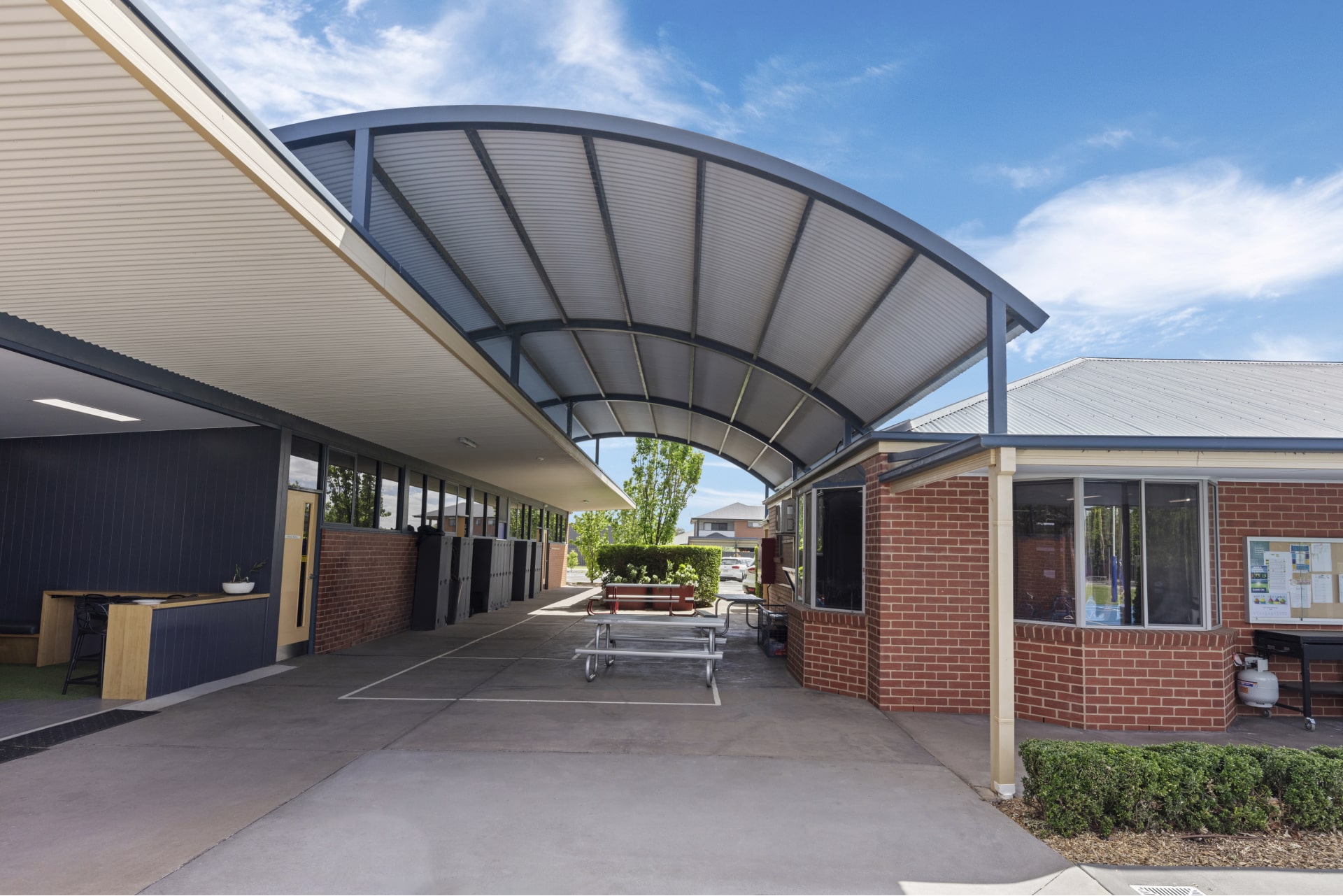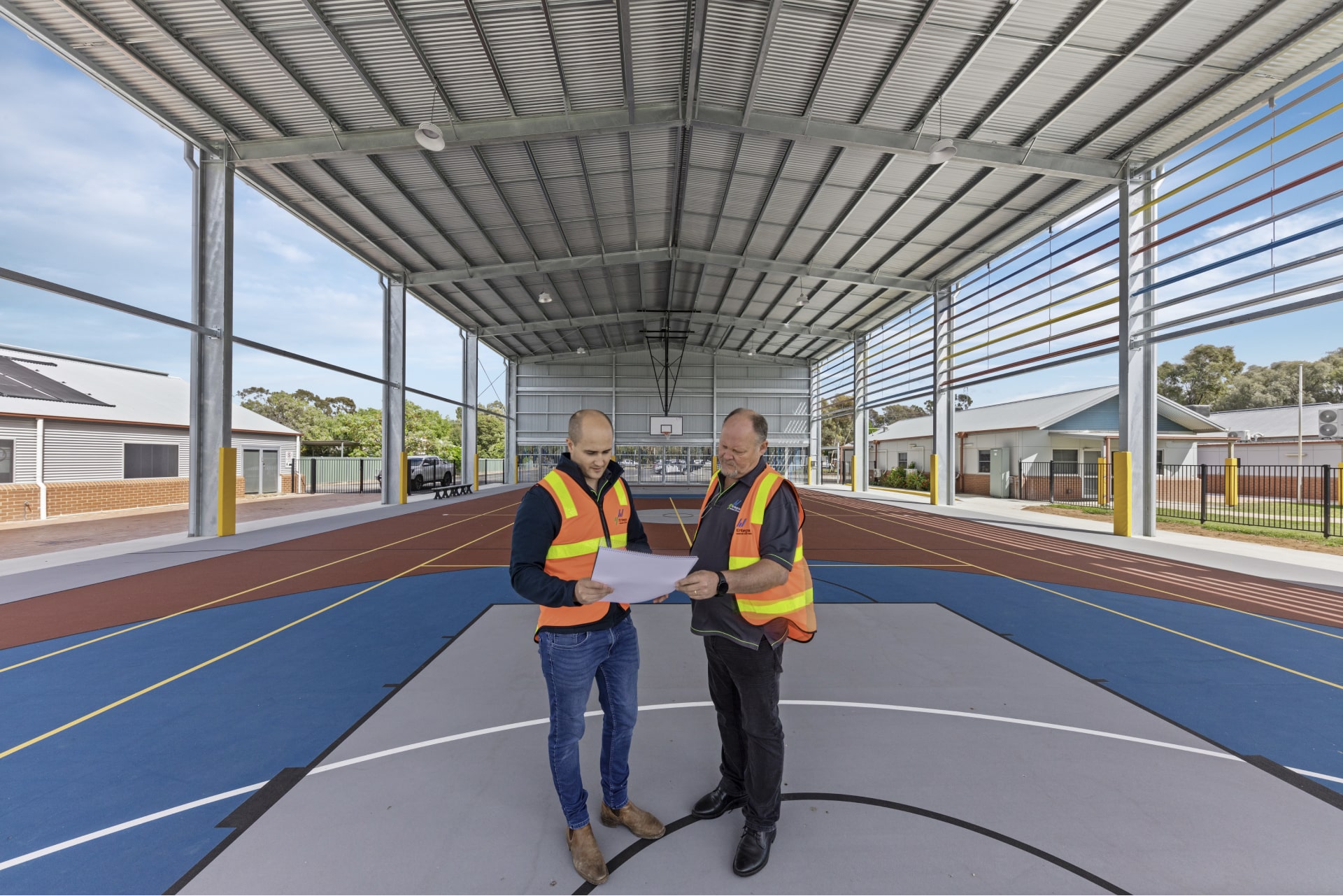Engaging the School Community in the Shade Structure Design Process
A school’s environment is not just about classrooms; it’s about all learning and recreational spaces, including outdoor areas. It’s these outdoor learning spaces, playgrounds, and sports courts where paying attention to shade is essential.
A shade structure offers many benefits. Most importantly, it protects students and teachers from harmful UV rays, helping school authorities, owners, and staff provide a healthy and safe learning space.
Expertly designed shade structures are also integral to a school's overall aesthetics. As experienced shade designers, builders, and engineers, we know that creating a structure that is practical and visually appealing involves more than just our expertise. We understand the value of engaging with students, staff, and parents and getting to know their ideas and opinions.
Why it’s important to engage the school community in the design process
If you are planning to install shade structures for your playground or sports courts, involving the entire school community from the start allows you to ensure that the design meets everyone’s needs. Students, parents, and staff are also more likely to embrace this addition to your education facilities if they are involved in providing ideas, comments, and questions.
Professional shade designers welcome input to the design process from members of the school community when building shade structures for schools. When we work on shade solution projects, we combine this input with our knowledge and practices to install shade structures that deliver on all requirements.
Delving deeper into why the involvement of students, staff, and parents is so useful, the following reasons apply,
- The school community is more likely to value and take proper care of shade structures if they are involved in the design process.
- Students learn better if they are engaged in the way the school operates.
- Providing shaded areas can be part of a wider sun protection policy, and engaging with all involved makes it more likely the policy will succeed.
- Staff have a good understanding of how learning environments work, which they can bring to projects.
- When engaging students in the shade design process, they often have fresh and modern ideas that can help to create stand-out shade structures.
- Parents know the needs of their children, and these needs are essential in creating an outdoor shade space that is accessible to all.

How to involve the school community when designing shade structures
We have shown you why it matters that you engage with the school community when you are creating shade structures to protect playgrounds, sports courts, and outdoor seating areas from weather conditions like extreme heat. You may be wondering how you do this. We have developed years of experience in this area when completing playground and communal area projects, and we are happy to share some inspiration with you.
Students
No matter what age students are, they can be involved in creating a new shade structure. For example, younger children can complete simple, practical tasks like measuring the area to be covered and talking about the best type of cover. Older students can include their ideas and experiences in projects for their own design courses.
Here are some more ideas about how you can involve students.
- Create a competition where they can suggest designs for the shade structure.
- Send out a student survey for them to complete.
- Hold workshops to discuss ideas for the use of the structure.
- Celebrate the launch of the building project and mark milestones along the way with student-centred events.
Teachers and other staff
Teachers and other school staff are busy professionals, so giving them something else to think about may not always be welcome. However, involving teachers in the shade design process is vital, as is including other members of the school team, like teaching assistants and administrative workers in the school office.
Thinking clearly and creatively, you can do this by,
- Making discussions about the shade structure part of the learning process so they can be included in regular lesson plans.
- Using staff meetings to allow members of staff to brainstorm ideas.
- Explaining how shaded outdoor areas can be used as learning spaces and asking teachers and learning assistants how they would get this to work.
Whichever communication method is used, the most important thing is to listen when questions are asked, and suggestions are made. No one feels engaged if they feel they are simply part of a box-ticking exercise. Remember not to dismiss ideas out of hand but explain why they will or will not work.
Parents and the wider community
The same principles apply when asking parents about school shade design and communicating with members of the wider community where appropriate. People will only feel engaged if they feel they are valued. For example, parents know their own children, and they can suggest ways in which a shaded outdoor space can be inclusive. This is an aspect that is also important to consider if members of the wider community will use a shade structure.
There are several ways to approach asking parents and other community members about school shade design, including,
- Producing questionnaires and surveys before the process begins.
- Creating community competitions to get ideas about the design and use of the shade structure.
- Holding meetings and interactive sessions with people to involve them in each stage of the process.
- Working closely with the parent-teacher association.
- Ensuring that communications are multi-lingual when different languages are spoken within the community.
OVERVIEW
- School communities have valuable ideas, insights, and questions.
- Engagement fosters better learning environments and successful sun protection policies.
- A collaborative design process enhances community ownership and care for the structure.
Share this
You May Also Like
These Related Stories

The Role of Councils in Creating Community-Focused Shade Solutions

Shade Structure Regulations: Navigating Compliance and Permits


